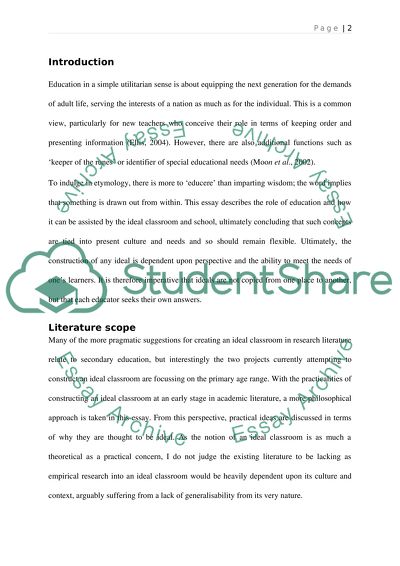Cite this document
(The Ideal Classroom and School Research Paper Example | Topics and Well Written Essays - 3500 words, n.d.)
The Ideal Classroom and School Research Paper Example | Topics and Well Written Essays - 3500 words. Retrieved from https://studentshare.org/education/1560558-my-ideal-classroom-within-my-ideal-school
The Ideal Classroom and School Research Paper Example | Topics and Well Written Essays - 3500 words. Retrieved from https://studentshare.org/education/1560558-my-ideal-classroom-within-my-ideal-school
(The Ideal Classroom and School Research Paper Example | Topics and Well Written Essays - 3500 Words)
The Ideal Classroom and School Research Paper Example | Topics and Well Written Essays - 3500 Words. https://studentshare.org/education/1560558-my-ideal-classroom-within-my-ideal-school.
The Ideal Classroom and School Research Paper Example | Topics and Well Written Essays - 3500 Words. https://studentshare.org/education/1560558-my-ideal-classroom-within-my-ideal-school.
“The Ideal Classroom and School Research Paper Example | Topics and Well Written Essays - 3500 Words”, n.d. https://studentshare.org/education/1560558-my-ideal-classroom-within-my-ideal-school.


